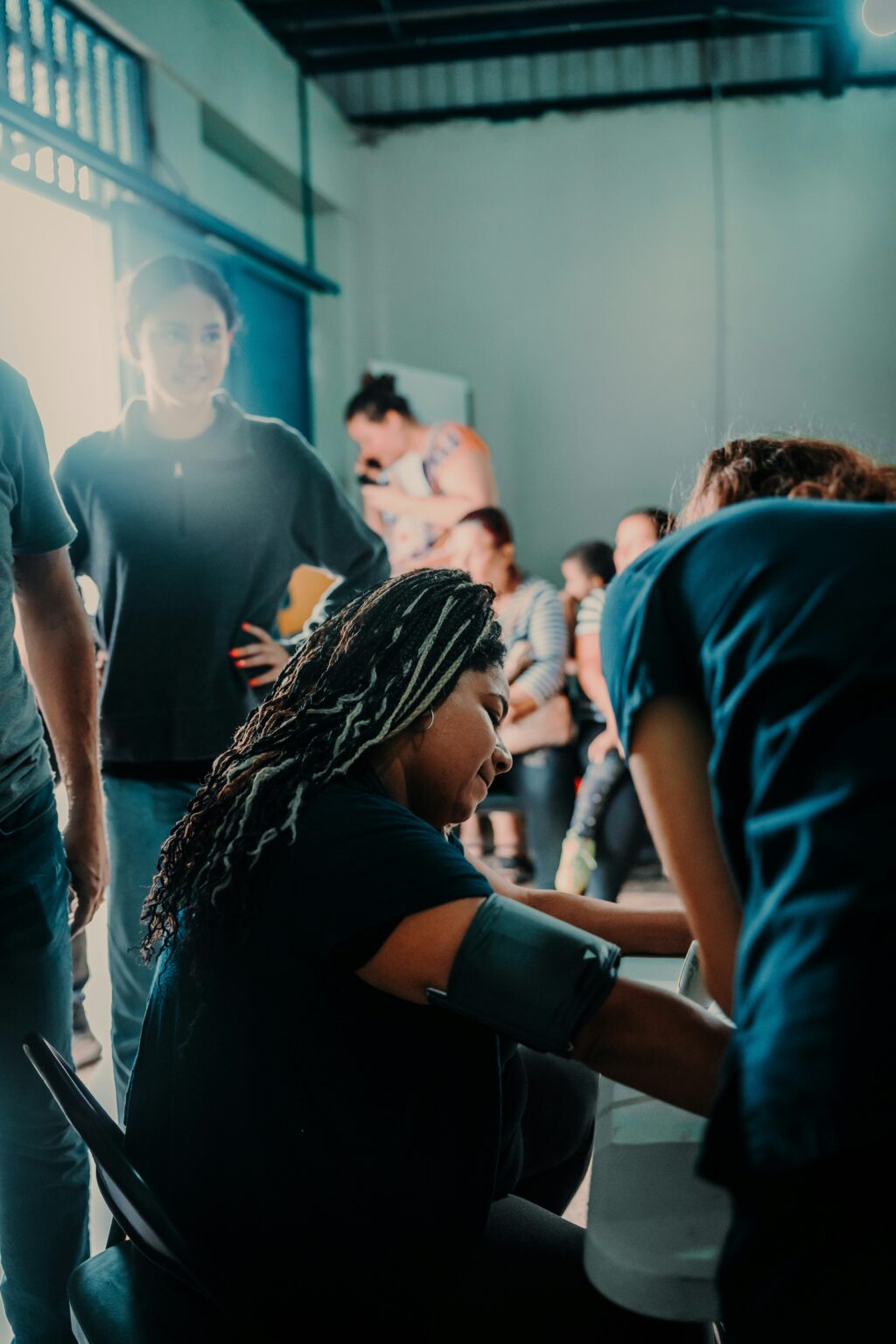The current healthcare educational environment received significant impact through the adoption of 3D medical animation for educational training. Medical professionals along with teaching specialists in healthcare structure new methods to transfer complex information because the medical discipline advances at a rapid pace.
Educational institutions widely use 3D animations as visual learning tools because they help students understand complex subjects better. The educational animations increase students’ understanding and simultaneously create a link between theoretical and practical knowledge.
At the same time, modern medical training also depends on digital infrastructure like PACS (Picture Archiving and Communication Systems), which allow healthcare providers to securely store, share, and access imaging studies. Platforms such as Studycast integrate PACS functionality with cloud-based access, giving both students and professionals the ability to review imaging data alongside advanced visual tools, making the learning process even more effective.
Learning during medical training encounters multiple terms and complex processes that students commonly struggle to understand by reading alone. The educational tools of textbooks and lectures maintain their value while failing to show detailed bodily structures, surgical operations or small-scale biological processes.
Medical animation adds value to technical understanding by using visual methods to make complex information clear so learners can fully study them at various detail levels.
IMAGE: UNSPLASH
Improving Learning Outcomes In Training Programs
Visual and compelling presentations through 3D medical animations prove to be primary factors that enhance training effectiveness. Medical animations show processes that cannot be seen by human eyes which explain virus-cell interactions and drug-biological interactions.
Dynamic visual models of such mechanisms create better retention for trainees who learn these educational concepts.
The visual explanations presented through animations enable trainees to perceive relationships between body components as well as sequences of processes that become clear with animated content instead of static imagery and spoken instruction.
The visual presentation of surgical procedures through 3D animations provides trainees with a better understanding of surgical techniques together with instrumental usage and possible danger zones. The combination of deep understanding stems from complete engagement with learning content thus leading students toward acquiring superior practical skills.
Encouraging Engagement And Motivation
The 3D medical animations enhance education by delivering interactive content which keeps medical learners engaged during abstract or repetitive educational material. Student visual engagement together with emotional connection creates strong motivational forces that enhance their training commitment.
Medical animations uphold the ability to revitalize routine and intricate learning materials so they present with fresh enthusiasm. The enhanced involvement is particularly crucial within continuing medical education since professionals review materials they already know well.
Visual storytelling with high-quality animations helps make uninteresting technical material more dynamic and engaging to understand.
Adapting To Different Learning Styles
All learners have individual methods through which they receive information best. Medical 3D animations target various student learning types through their ability to merge movement with sound and organized visual presentations.
The flexible nature of medical animations enhances learning systems by permitting the training of various learning styles while improving educational program accessibility.
Medical animations provide learners with flexibility by allowing them to control video speed and ability to pause and replay animations according to their individual needs. Students benefit greatly from animation flexibility since the tool enables them to spend additional time studying complex subjects while reviewing materials for their examinations.
Multiple opportunities to review animations allow students to establish stable understanding before advancing to more complicated subjects.
Supporting Remote And Digital Learning
The growing trend in online education since the pandemic created a necessity for digital medical animations to support educational processes. Online learning systems readily accept medical animation content that allows students from any location to access quality educational content.
Medical training platforms that use animations benefit from consistency through scalable delivery methods which include virtual classrooms and mobile apps and video tutorials.
Medical institutions and healthcare businesses moving toward digital transformation will enhance the worth of medical animation for educational purposes. Medical animation technology improves teaching and undergraduate education while building learner confidence for dealing with authentic medical situations.
The healthcare industry will develop a superior generation of professionals through its adoption of these equipping educational tools.
IMAGE: UNSPLASH
If you are interested in even more technology-related articles and information from us here at Bit Rebels, then we have a lot to choose from.


COMMENTS